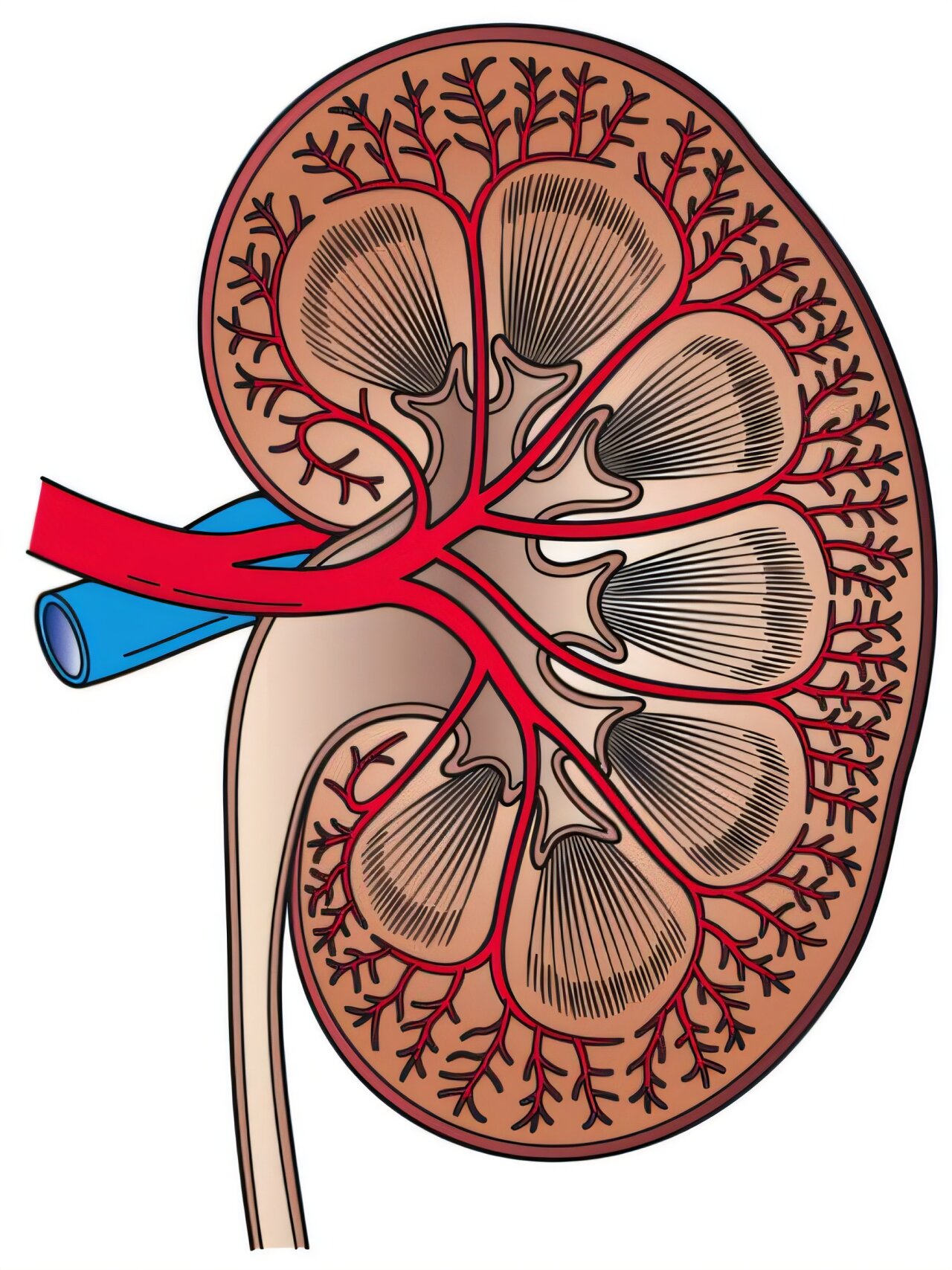Traditionally, kidney health has been monitored by measuring blood creatinine levels, which indicate muscle breakdown. High creatinine levels can suggest that the kidneys are not filtering waste efficiently. However, creatinine levels can be affected by a person’s muscle mass and only rise significantly after more than 75% of kidney function is lost.
As an alternative, SDMA, a byproduct of protein breakdown, has emerged as a more reliable indicator of kidney function. SDMA accumulates in the bloodstream because it cannot be metabolized and is primarily excreted by the kidneys. Measuring SDMA in urine provides a more accurate indicator of kidney health. Unlike creatinine, SDMA levels increase even with mild kidney impairment (25–40% loss) and are not significantly influenced by muscle mass.


